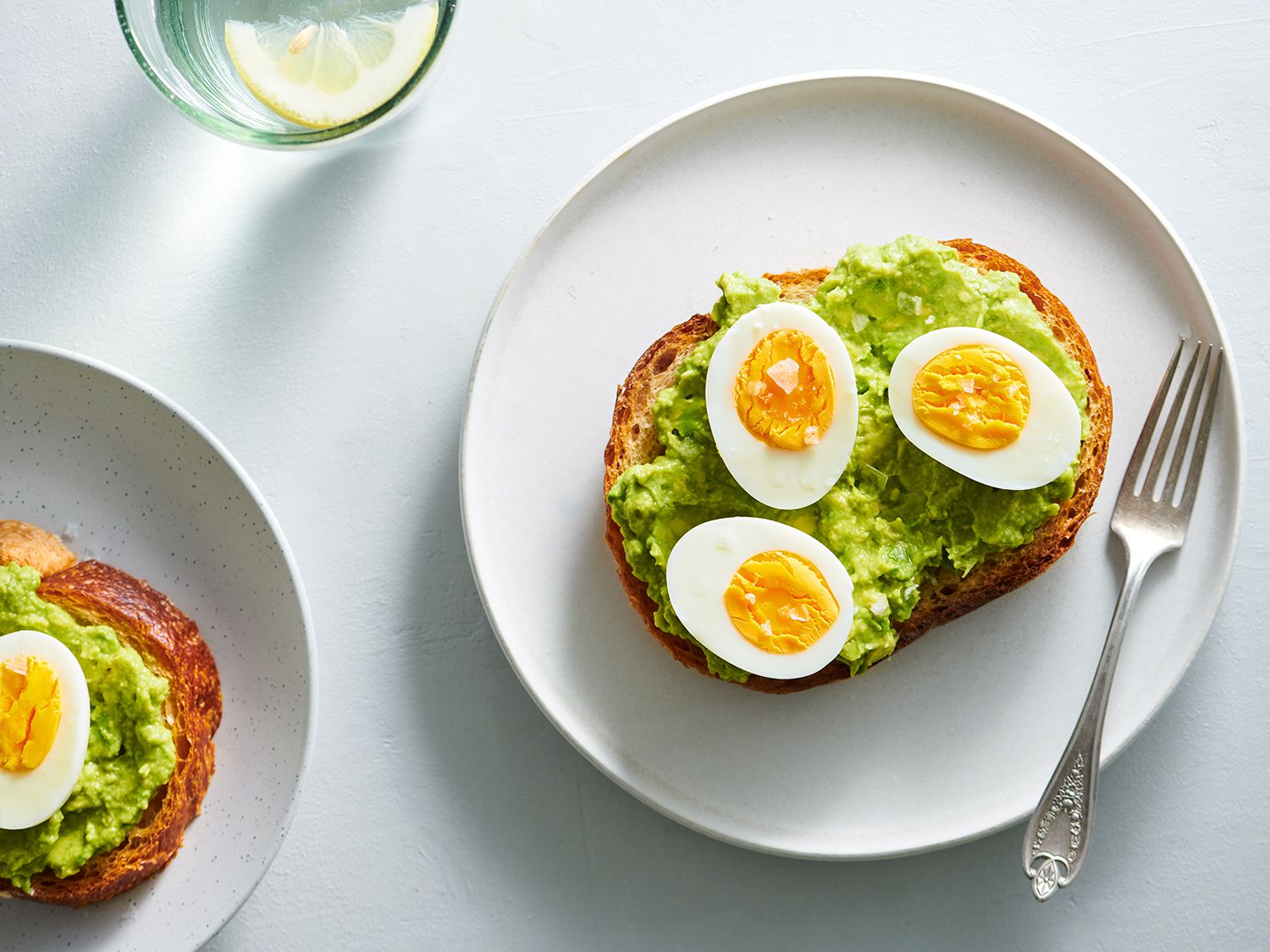Jennifer Murphy
Senior Cook
I have found a method that has worked perfectly for me several times. The eggs are done exactly the way I like them and they peel easily and without damage to the egg white. It's a little more trouble than most other methods, but, for me, it's worth it.
It is based on this article:
https://www.seriouseats.com/sous-vide-101-all-about-eggs
The basic outline is this:
Total time: about 1.5 hours, but almost half of that is waiting.
The whites are firm but no hint of rubbery. The yolks are set but almost creamy.
I may fiddle with the boiling time, cooking time, and cooking temp, but the result as stated is very close to perfect for what I like.
It is based on this article:
https://www.seriouseats.com/sous-vide-101-all-about-eggs
The basic outline is this:
- Start a sous vide tub set to 165°F
- When SV is around 150°F, bring a large pot of water to boiling
- Take eggs from the frig, puncture fat end, place in boiling water for 3 minutes
- Transfer eggs to the sous vide tub (no vacuum bag needed)
- Cook for 45 minutes.
- Transfer eggs to an ice bath for at least 3 minutes.
Total time: about 1.5 hours, but almost half of that is waiting.
The whites are firm but no hint of rubbery. The yolks are set but almost creamy.
I may fiddle with the boiling time, cooking time, and cooking temp, but the result as stated is very close to perfect for what I like.

